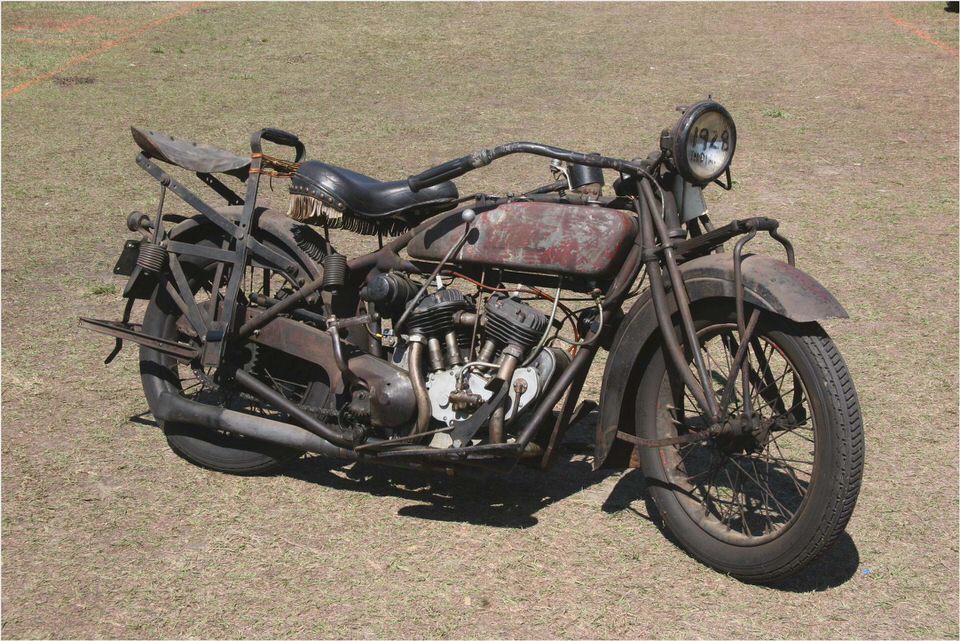
Artofwheels’s Classic Car, Motorcycle Art Blog
Indian Scout Motorcycle 1920
What is your favourite motorcycle of all time?
The first of Indian’s famous Scout models were introduced in 1920. The work of irish-born designer Charles B. Franklin, the Scout used Indian’s familiar 42-degree, V-twin configuration and side-valves. The engine was mounted in a twin-loop cradle frame that was fitted with Indian’s traditional leaf-sprung fork.
The design of the Scout engine was so successful that it was scaled up in 1922 to create the Chief.
Thank you for reading my guide and I hope you found it interesting!
Classic US Motor Cycles Excelsior Super X, Henderson Model KJ, Indian Scout
Do you remember owning one of the classic US motor cycles below? Maybe you’ve recently restored one or perhaps you collect related memorabilia. Please feel free to leave a comment below
Classic American Motorcycles
This is one of many illustrated classic motorcycle guides I’ve created for the community. I hope you enjoy it. If you wish to find out more about the classic US motorcycle art featured in this guide please click here.
Excelsior Super X
Henderson Model KJ
Indian Scout
Indian Chief Roadmaster
After World War 2, the only Indian motorbike that returned to production was the big V-twin Chief. Still powered by the old side-valve engine, it exchanged its leaf-spring front suspension for a girder type design, that had already been used on a small number of military Indians built during the war.
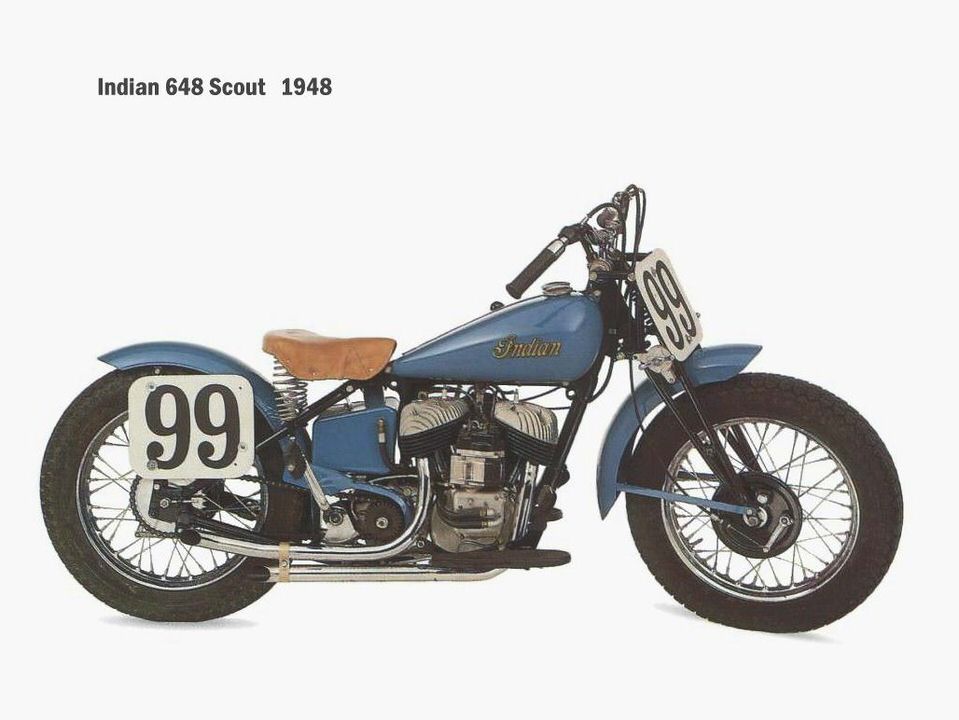
Harley-Davidson WLD
The WLD motor bike was a high compression version of the WL series, which first appeared in 1937. Harley introduced its first 45cu.in. side-valve V-twins, the D series, in 1929, to compete with Indian and Excelsior. The “Forty-fives” were smaller and lighter than Harley’s big twins, although equally rugged, proven by their later success as military motorcycles.
Harley Davidson Hydra-Glide
Harley’s big FL-series bikes received numerous updates through the years. Most notable was the replacement of the venerable Knucklehead engine with the Panhead in 1948, the adoption of telescopic front forks on the Hydra Glide of 1949 and the addition of rear suspension on the Duo-Glide in 1958. The big Indians had used plunger-type rear suspension since the early 1940s.
Harley-Davidson XL Sportster
The XL Sportster series was launched in 1957 and the 55-cubic-inch (883cc) overhead-valve XL was the lone American entry in what would be called the superbike class. Descended directly from the K model, two models were to predominate: firstly the touring XLH fitted with big tank, buddy seat, single exhaust and coil ignition; and secondly the sports XLCH with small tank, single seat, dual pipes and a magneto.
Harley Davidson Electra-Glide
In 1965, Harley-Davidson introduced an electric-start version of the big FL series and called it the Electra Glide. This machine was still powered by the Panhead engine but for 1966 Harley-Davidson released an updated engine, mating new aluminium “shovelhead” cylinder heads to the iron barrels and gaining a welcome increase in horsepower.
Harley-Davidson Super-Glide
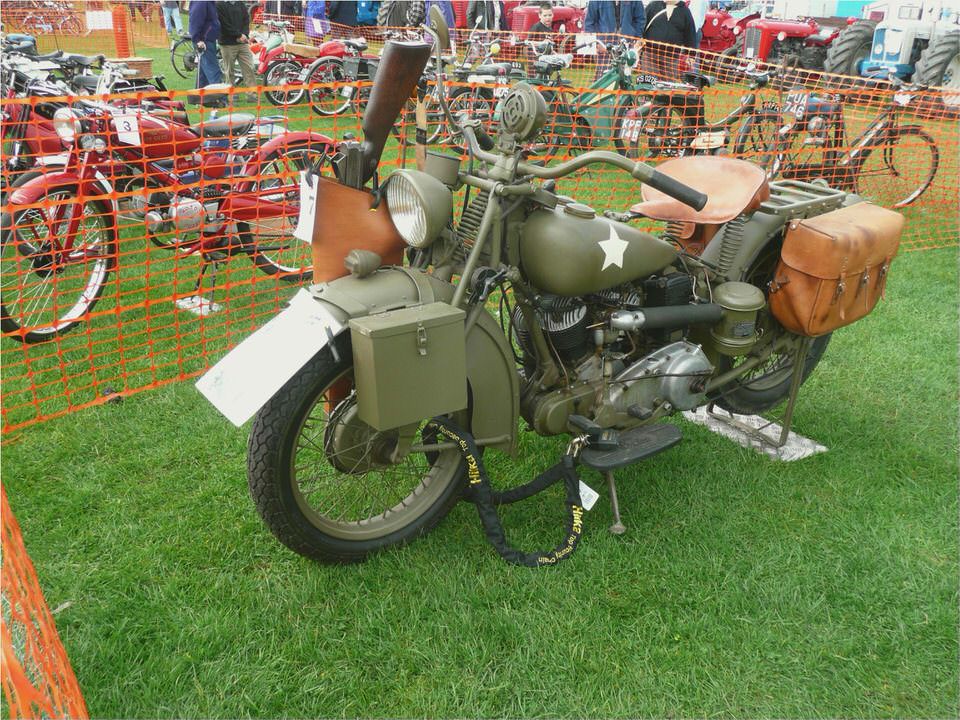
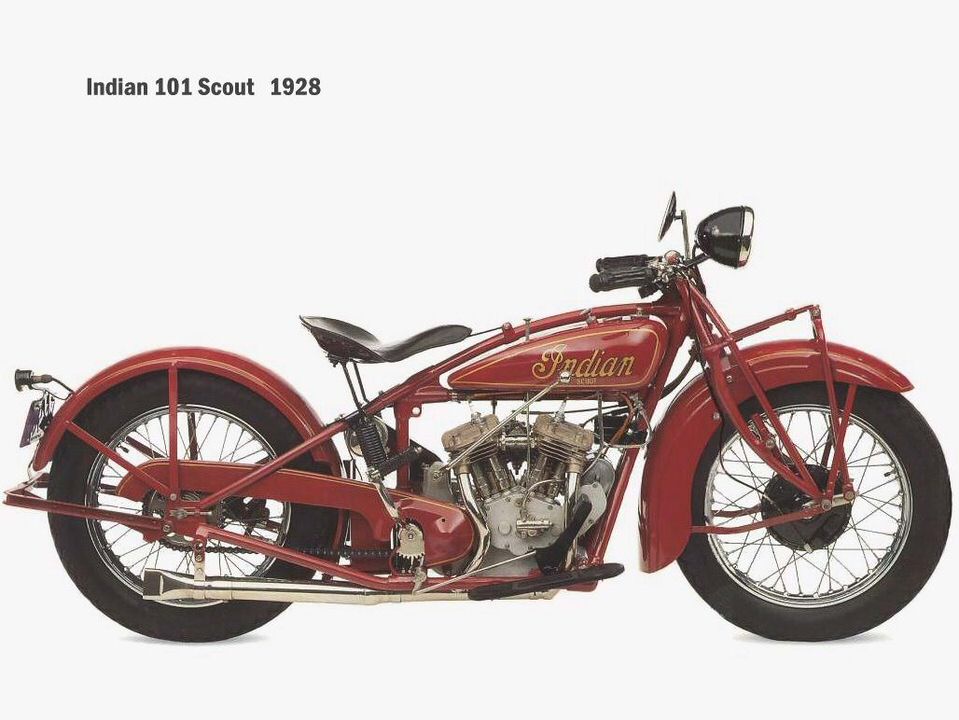
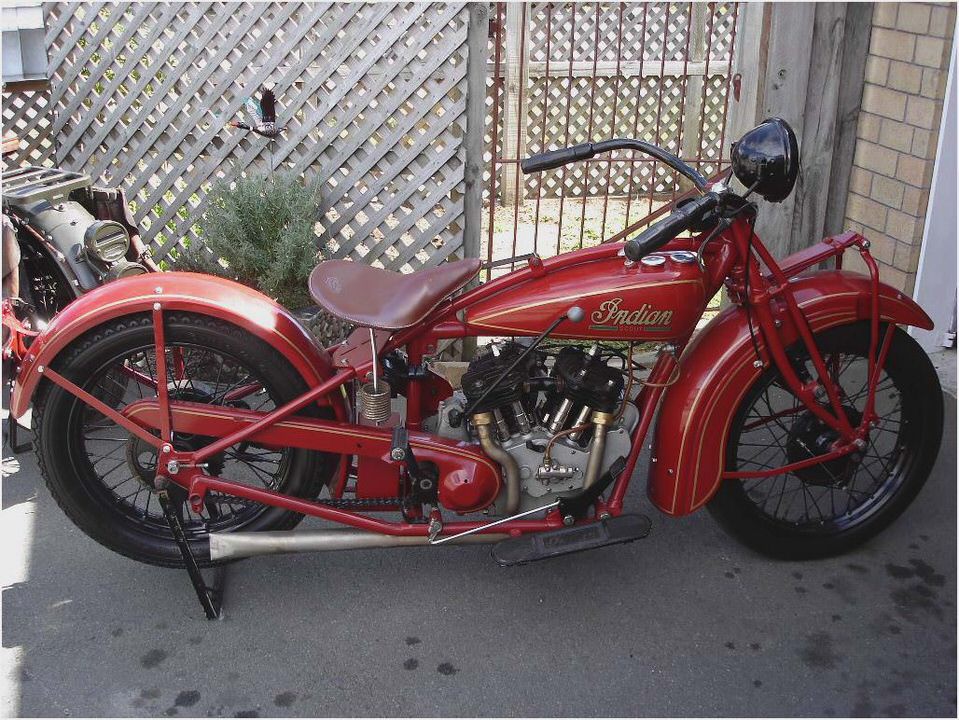
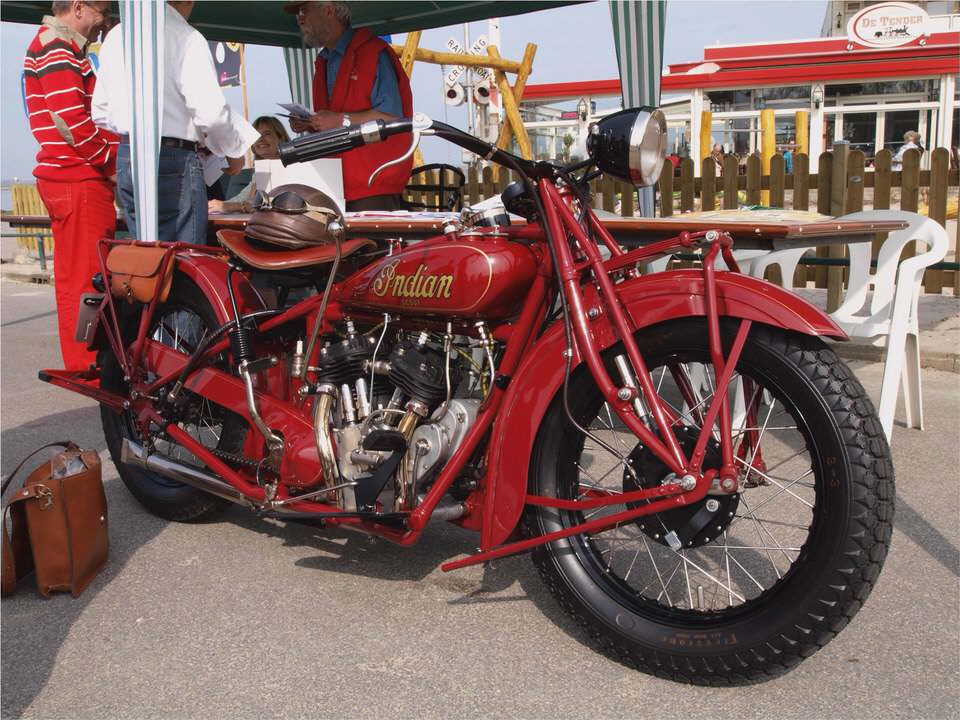
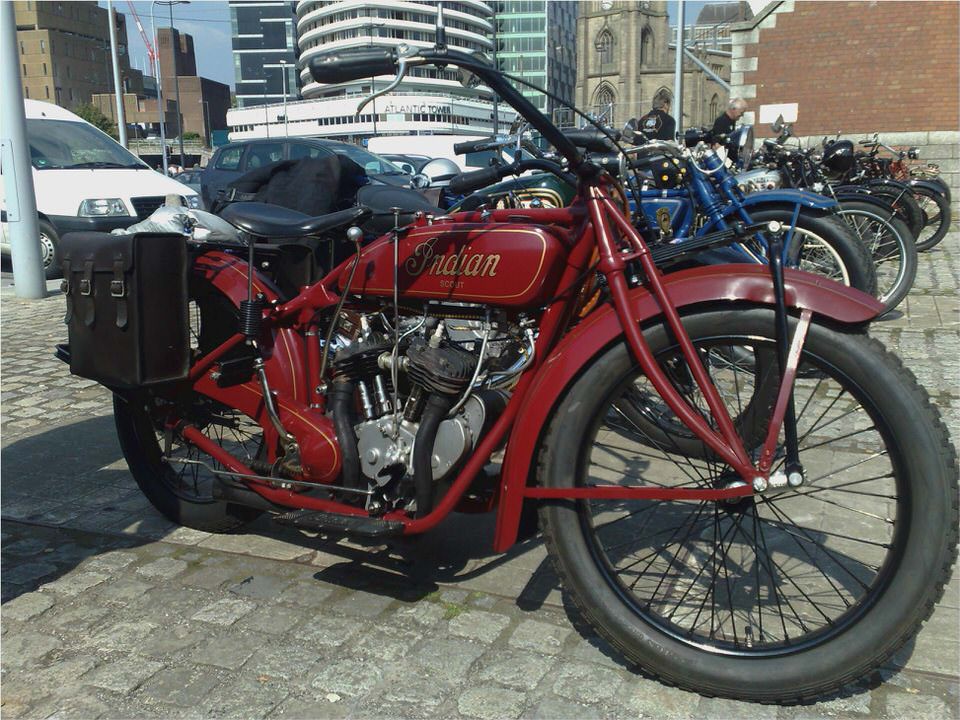
- Indian Scouts A Classic American Motorcycle Brand Cars show
- Indian Sport Scout 750cc: 1934-1942
- INDIAN THE GOLDEN AGE OF ICONS THE SCOUT, CHIEF, AND THE BIG CHIEF …
- Steve McQueen’s Indian Scout – Ultimate MotorCycling
- The New Indian Motorcycle By Polaris. Moving Away From The Chief To A…

